Why AI chats and online conversations need fast typing
If you have used ChatGPT, Claude, or Bing Chat, you know the quality of the exchange depends on the quality of your prompt. The model replies in seconds, but if you type slowly, you lose momentum. When you can type without looking at the keyboard, you refine your question on the spot, add missing context, and try new angles without breaking the flow. The same skill carries over to human chats. In a Slack thread, a Microsoft Teams channel, or a Discord server, touch typing keeps your replies timely and relevant. It is not about racing. It is about staying in sync with the people or the AI on the other side.
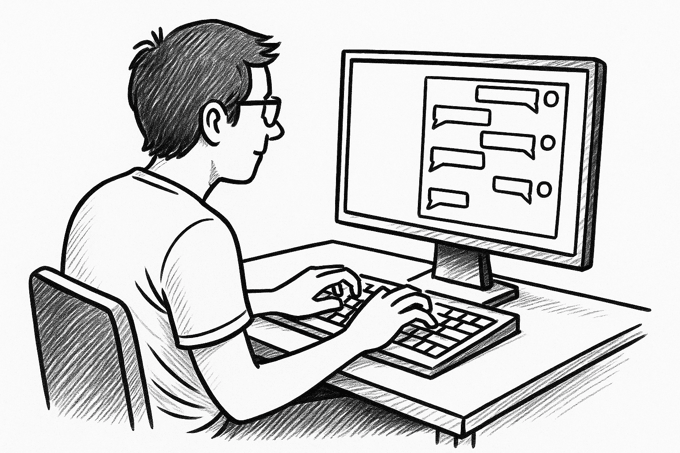
From casual messages to professional communication
Touch typing is not only for reports or emails. It shows its value when you send quick updates, answer team questions, or keep a group discussion moving. Messaging platforms are often the primary communication tool at work. A delayed response can hold up a decision. A vague message can send a task in the wrong direction. On Slack, a short but clear response can unblock a teammate. In Teams, a well-phrased answer in a channel can replace a meeting. In Google Chat, a precise reply with a link to the correct document prevents rework.
When you type without glancing down, you free up attention for structure and tone. You can acknowledge a message quickly, then follow with a detailed answer. This helps in distributed, often global teams across time zones, where a clear written message is often the only overlap people share in a day. If the time zone shift makes working hours not overlap, or have a short common time for teammates, written communication is crucial.
Touch typing for AI interactions: prompts that work
Working with AI tools is a writing task as much as it is a thinking task. Good prompts are specific, include context and constraints, and tell the model what a useful answer looks like. If you type quickly, you can iterate several versions before the idea goes cold. Consider a small workflow:
- Start narrow - state the task and the audience. Example: Write a client follow-up for a missed onboarding call.
- Add constraints - length, tone, format. Example: 6 sentences, friendly but direct, end with 2 time options.
- Provide context - what happened and what you need next. Example: last email sent 3 days ago, waiting for access.
- Request structure - headings, bullets, or a template when useful.
With touch typing, this polish cycle is quick. You test a variation, skim the output, tighten the prompt, and try again. The faster your loop, the better your results.
How AI chats are changing how we use the web
People now ask an assistant first and search later. Instead of opening ten tabs, they start with a summary, then dive into sources that matter. This shifts value toward clear questions and careful follow-ups. Touch typing supports both. You can move from a broad query to a focused one in a few seconds. You can request citations, then ask the model to compare two sources. You can ask for an example and then refine it for your exact case. This is a bit of a paradigm shift in searching - you no longer read huge articles or look for information, you start asking more questions and narrow potential answers.
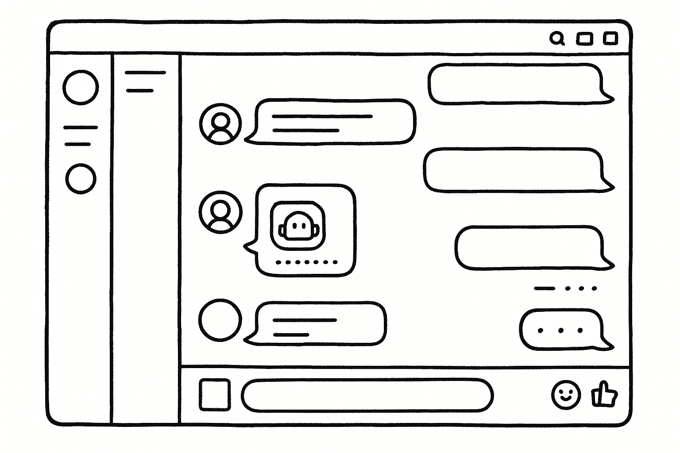
This habit makes you a more active reader and a better editor of AI output. You spend less time reading articles that have a lot of boilerplate content, which is useless, and you spend your time deciding what is useful, which sources to trust, and what to do next. If you want background on the idea of prompts as instructions, see the Wikipedia article on prompt engineering.
Programmers and AI: faster typing, stronger skills
Tools like GitHub Copilot and ChatGPT help with boilerplate and offer ideas you might not have considered. They are useful, but heavy copy and paste can weaken a core programming habit: thinking while writing code. Typing is part of that thinking. It builds muscle memory for patterns, strengthens your sense of style, and makes common constructs easy to write and read.
Try this instead of pasting whole blocks. Ask your AI for a short example, then type your own version. Rename variables to fit your domain. Add guard clauses or logging. Expand a test case in your style. Typing faster makes this natural. Over time, you keep your edge while still benefiting from the assistant.
Why the written word still wins in many cases
The text has advantages that calls and voice notes do not. You can read faster than people speak. You can search, quote, and link. You can return to a decision and see the exact wording. A short, clear message beats a long call when the goal is alignment. With touch typing, you capture your thoughts while they are fresh and avoid vague phrases that create more questions than answers.
This is also true outside of work. A direct note to a friend on WhatsApp Web with the exact train time and platform is better than a rushed voice message. In a Discord channel, a carefully written explanation of a game strategy saves the thread from looping over the same point.
Reading and writing let you control pace and focus
Video and audio are useful, but they set the pace for you. The text is different. You can skim, slow down, or jump to what matters. That makes reading and writing efficient for learning and problem-solving. If you type quickly, you participate in that flow. You can annotate a shared document, edit a draft, or reply mid-thread without breaking your focus.
If you are curious about the skill of typing itself, the Wikipedia article on touch typing gives a general overview. To measure your progress, try the typing test on AgileFingers and set a realistic speed goal.
How AgileFingers.com helps you type faster for chats
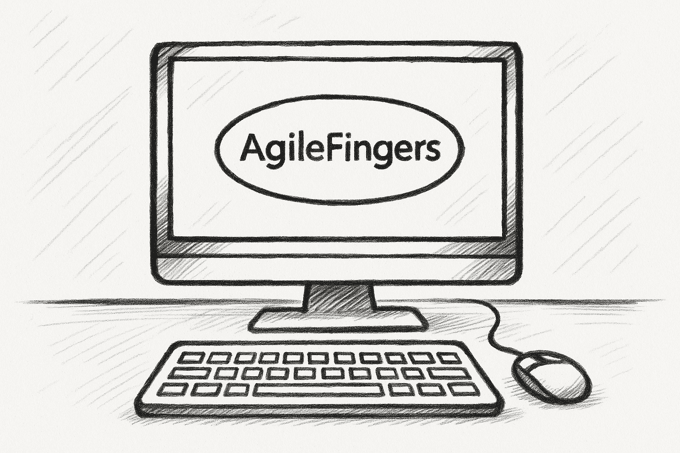
AgileFingers.com is built to turn typing into a skill you do not have to think about. Start with lessons that teach finger placement and movement. Mix in typing games to keep practice light. Use practice texts to simulate real messages, prompts, and replies. When that feels comfortable, take the typing test to see where you are and adjust your goal.
To train for AI and online chats directly, use your own material. Copy a short Slack thread, an email draft, or a prompt you used with ChatGPT into a custom practice text. Adding your text is a feature that AgileFingers.com also offers. Type it several times, each time aiming for fewer corrections. This creates muscle memory for the exact phrases and patterns you use most. Over a few weeks, you will notice that writing a detailed prompt or a clear status update takes less effort.
Clear writing beats quick talking in many work situations
Meetings are useful for brainstorming, but many decisions are better made in writing. A short proposal in a Teams channel can be reviewed by people in different time zones. A change request written in Slack keeps a record that is easy to search. A support handover in a shared doc is faster to scan than a call recording. Touch typing helps you produce these artifacts quickly enough that writing is not a burden.
If a message could be read in 30 seconds and acted on, do not schedule a 30-minute call. Write it. Point to the file. Ask for a reaction or a short reply. You get the answer you need, and everyone else gets their time back.
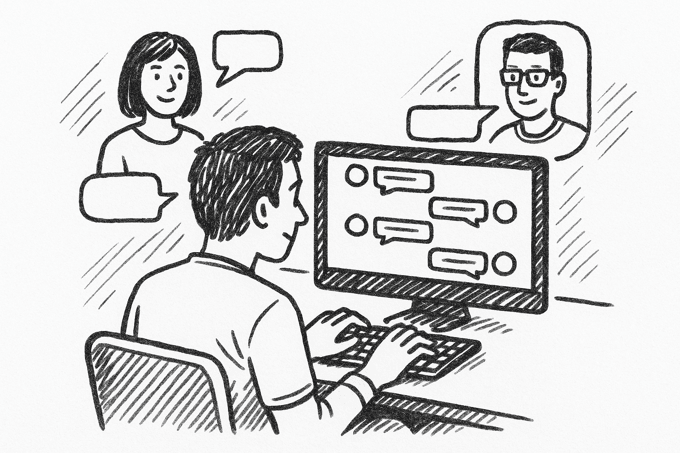
Common chat issues and how touch typing helps
Some patterns waste time in chats. People send messages in fragments, one sentence at a time. They start typing before they have the link or the necessary input they need. They hesitate to ask a follow-up, then forget to ask. With touch typing, you can draft a complete thought, add the link, and press Enter once. You can ask the clarifying question while the context is still visible. You get fewer back-and-forth loops and fewer corrections later.
Prompt polish cycle for AI chats
A quick method to improve AI results is to write prompts in a few small passes:
- Pass 1 - state the task and the output you want. Example: summary, bullet list, or code snippet.
- Pass 2 - add constraints. Example: word limit, tone, target audience, or required fields.
- Pass 3 - add context. Example: paste the section to summarize, paste the function signature, or explain the use case.
- Pass 4 - ask for checks. Example: include assumptions, edge cases, or citations.
Typing quickly makes these passes feel natural. You are not trying to write the perfect prompt in one attempt. You are shaping it in a few short steps.
Practical practice plans with AgileFingers
Here is a simple plan to build chat speed without spending much time:
- 5 minutes - a lesson that targets keyboard keys you have problems with lessons.
- 5 minutes - a practice text that matches your work. Paste a real thread or a prompt into texts.
- 2 minutes - a quick game in games to reset your focus.
- 1 minute - a short run of the test to record speed and accuracy.
Ten to fifteen minutes a day is enough to see steady progress. Set a realistic goal and raise it when your accuracy stays high.
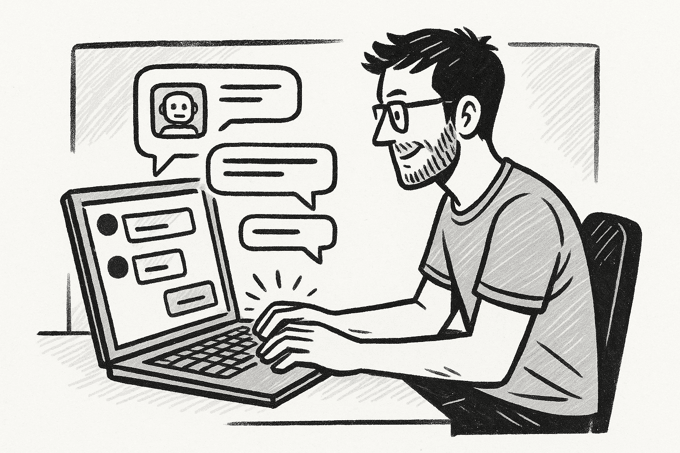
Touch typing as a long-term advantage
The gains from touch typing add up. In AI chats, you can try more variations and get better answers. In team channels, you respond fast without losing clarity. In code, you stay hands-on even when an assistant suggests the next line. Over time, your typing speed increases, your prompts are better formulated and to the point, and your thinking becomes more deliberate because your fingers keep up with your thinking process.
Summary
Touch typing reduces friction between thought and expression. It helps you guide AI tools with precise prompts, keep work chats on track, and stay engaged with the code you write. With daily practice on AgileFingers.com using lessons, games, and your chat material, you can make typing feel like second nature and make every conversation more useful, and you become more efficient in whatever you try to accomplish using the AI chats or other digitally-written communication.